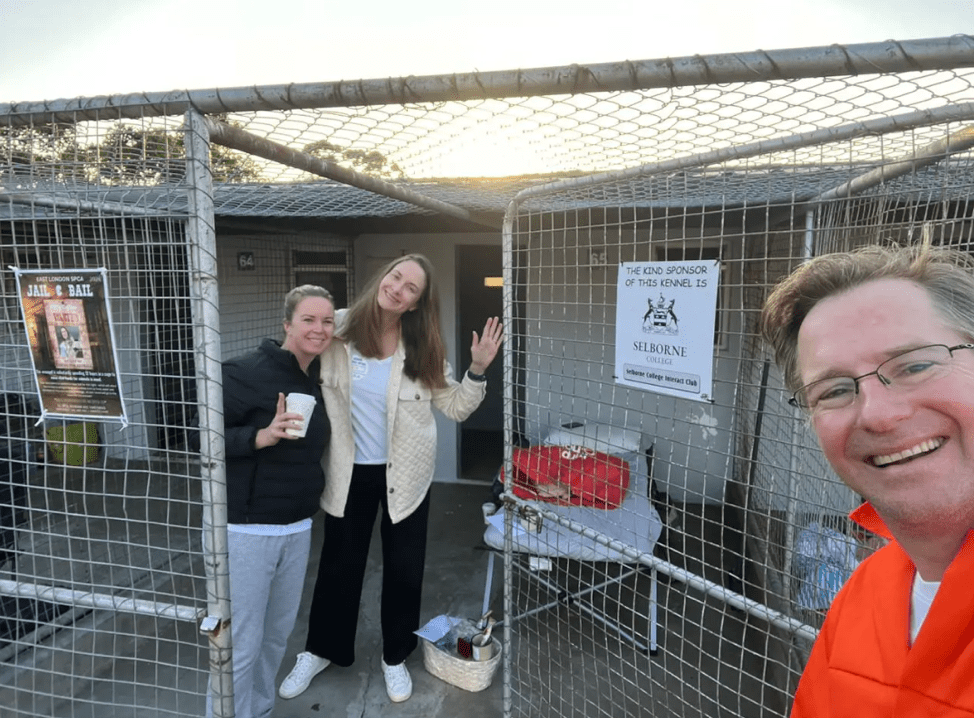By integrating ILS with captives, corporations can craft a risk transfer and financing strategy that is robust and aligned with the unique operational and risk management needs of the enterprise. Within this framework, a captive functions as an efficient intermediary, connecting the parent company to the capital markets. Captive owners can realize several potential advantages, including:
- Expanded capital access: It facilitates access to a broader capital base, potentially at more competitive rates and with greater flexibility compared to traditional methods.
- Reduced reliance on traditional markets: It allows corporations to decrease their reliance on the conventional commercial insurance and reinsurance markets, thereby providing more control over coverage structures, terms and costs.
- Innovation incubator: The combined approach of the use of a captive insurer and ILS can accommodate and support new and innovative products and structures, reflecting the specific needs of corporations in a complex risk environment.
The Value of ILS in the Equation
ILS are risk transfer instruments that are linked to insurance loss events, allowing insurance risks to be transferred to the capital markets. These instruments, which include catastrophe bonds (cat bonds), Industry Loss Warranties (ILWs) and collateralized reinsurance contracts, essentially offer an additional source of risk-bearing capacity from capital market investors and dedicated ILS funds which are attracted to insurance-linked assets.
Fully Collateralized Reinsurance
Collateralized reinsurance is like a safety deposit. It is a reinsurance contract that's fully funded and in a trust account for the exclusive benefit of the insured, who has access to the capital in the event of a loss. This collateral is equivalent to the full re/insurance contract amount, minus any premiums. So, if no losses occur under the contract, the investor gets back the collateral and any premiums paid.
Where is the collateral parked? Typically, in safe and liquid assets like AAA-rated Money Market Funds (MMFs), short-term government securities (T-bills), or cash. The advantage is that investors can fund insurance risk without needing a rating. They directly involve themselves in the insurance program and, in return, get the premiums as an investment return.
There is approximately $98B (USD) of capacity transacted as various forms of ILS. This relatively small market with a limited number of players is dynamic, requiring experienced insurance managers with the right experience and relationships to move risk financing along quickly.
The ILS market attracts a variety of investors, including pension funds, multi-asset investment funds, endowments, foundations, sovereign wealth funds, and high net worth individuals.
How the Model Works
A captive can issue securities through a special purpose vehicle, to transfer its own risk to the capital markets, essentially serving as a conduit between the parent company and a diversified pool of global investors. This not only enhances the captive’s risk-bearing capacity but also allows it to benefit from the efficiencies and cost advantages of the ILS market. In return, investors in the captive’s ILS get to invest in a unique asset class that offers attractive returns.
Using a Captive Cell to Access ILS Capacity
A captive can use a cell structure, such as a Protected Cell Company (PCC) or a Segregated Accounts Company (SAC), as a bridge to access investor capacity. These are also known as Transformers, which play mediator between cedents (entities seeking reinsurance) and capital market investors. These structures, which can be based in various jurisdictions like Bermuda (SACs), Cayman (SPCs), or Guernsey (PCCs), are crucial for facilitating transactions between cedents and investors.
Here's how it works:
- Risk Segregation: In a cell structure, each cell operates as a separate entity with its assets and liabilities. This allows the captive to segregate specific risks into individual cells. This risk segregation is particularly beneficial, as it allows the captive to isolate the insurance risk being transferred to the capital markets from the rest of its business and from other business written by the PCC or SAC.
- Flexibility: The cell structure allows a captive to set up new cells quickly as opportunities arise. This flexibility can be advantageous in the fast-paced capital markets. Furthermore, transactions can take the form of cat bonds, collateralized reinsurance in traditional or derivative format with use of index/parametric triggers depending on the line of business and risk peril
- Cost-effectiveness: Establishing a new cell is less costly and less time-consuming than setting up a new captive. Therefore, a captive can use a cell structure to access investor capacity without the need to create a separate captive for each risk or transaction. Pure transformer deals can be completed in weeks, not months.
- Capital Efficiency: By utilizing a cell structure, the liabilities of one cell are segregated, keeping each cell's risks and allocated capital separate and contained.
Diversification, with Flexibility in Risk Retention
Through their captive, companies can strategically retain risks that are within their risk appetite and capability to manage. By transferring catastrophic or highly specialized risks to the capital markets via ILS, companies can further enhance their risk transfer capabilities while maintaining control over their risk management strategies.
This diversification of risk transfer mechanisms helps companies optimize their risk profiles, reduce concentration risks, and increase their overall capacity to manage potential losses.





































